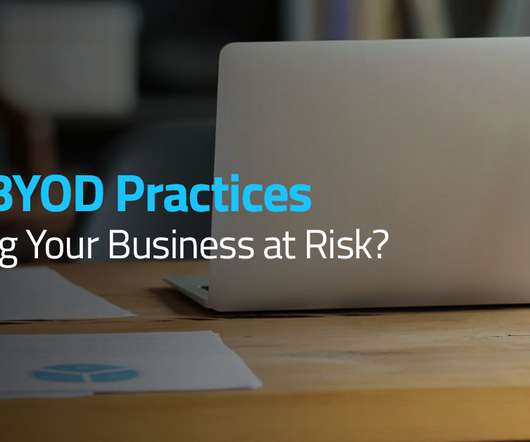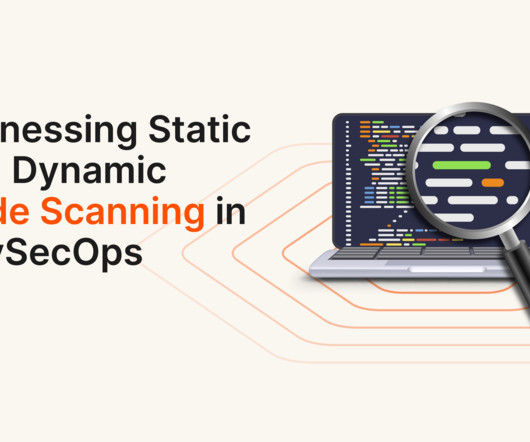Are BYOD Practices Putting Your Business at Risk?
NexusTek
JUNE 1, 2022
Risk emerges from multiple points: Unmanaged devices: The term “shadow IT” refers to employees’ use of devices, software, and applications for work purposes without the knowledge of the employer. anti-malware software). Mind the gap: Cybersecurity’s big disconnect–The CEO’s guide to cybersecurity. link] AT&T.












Let's personalize your content